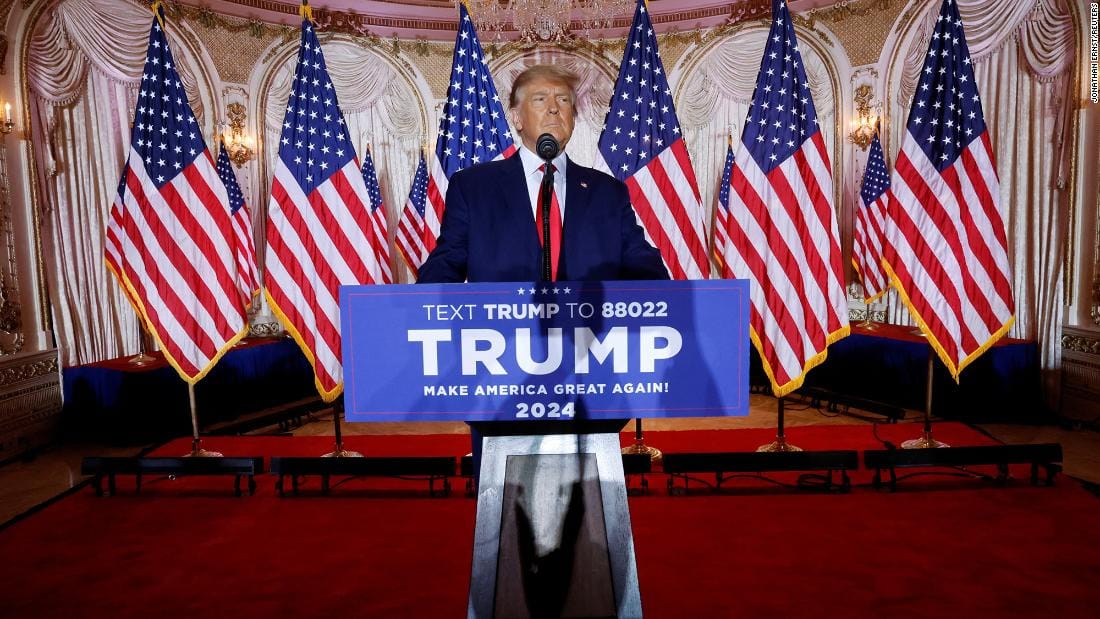In a troubling incident that has drawn attention to the intersection of media influence and public behavior, a man was taken into custody after allegedly threatening police officers. The individual, whose identity has not been disclosed, reportedly stated that his intent to harm law enforcement stemmed from a video he viewed that showcased conditions inside a local prison. This incident highlights not only the emotional responses that media can evoke but also the broader implications of how such portrayals can affect societal attitudes towards law enforcement.
According to authorities, the man made the threats during a confrontation with police officers, expressing his anger and frustration over what he described as inhumane treatment of inmates in the video. The footage, which circulated widely on social media, depicted various aspects of prison life, including overcrowding, inadequate medical care, and instances of violence among inmates. While the video aimed to shed light on systemic issues within the penal system, it inadvertently sparked a violent reaction from the viewer.
Law enforcement officials responded swiftly to the man’s threats, apprehending him without incident. During questioning, he reiterated his feelings of outrage and helplessness after watching the video, suggesting that it had triggered a desire for retribution against those he perceived as responsible for the injustices depicted. This reaction raises questions about the psychological impact of graphic media on individuals and the potential for such content to incite real-world violence.
Experts in psychology and media studies have weighed in on the situation, noting that exposure to violent or distressing content can lead to heightened emotional responses. While many individuals may process such information without resorting to aggression, others may find themselves overwhelmed by feelings of anger or despair. In this case, the man’s threats appear to be a manifestation of his distress, fueled by a perceived lack of accountability within the justice system.
The incident has prompted discussions within the community about the role of media in shaping public perception of law enforcement and the justice system. Some community leaders have called for a more nuanced approach to reporting on issues related to incarceration, emphasizing the need for responsible journalism that considers the potential consequences of sensationalized portrayals. They argue that while it is essential to highlight systemic problems within prisons, it is equally important to present a balanced view that does not incite violence or undermine public trust in law enforcement.
In the wake of this incident, law enforcement agencies are also reflecting on their own practices and community engagement strategies. Police officials have stated their commitment to fostering positive relationships with the community and addressing concerns about policing practices. They recognize that incidents like this one can strain relationships between law enforcement and the public, making it imperative to engage in open dialogues about the challenges faced by both sides.
As the legal process unfolds, the man who made the threats is expected to face charges that could include making threats against law enforcement and potentially other related offenses. The case will likely serve as a touchpoint for broader discussions about the responsibilities of media creators and consumers, as well as the need for mental health support for individuals struggling with the emotional fallout from distressing media content.
This incident is not isolated; it reflects a growing trend where individuals express their frustrations through threats or violence, often triggered by media portrayals of systemic issues. As society grapples with these challenges, it becomes increasingly important to foster understanding and dialogue between law enforcement, media, and the communities they serve.
In conclusion, the man’s threats against police officers following his viewing of a prison video underscore the complex relationship between media consumption and public behavior. As this case progresses, it may serve as a catalyst for discussions on how to approach sensitive topics in media and the importance of addressing the emotional and psychological impacts of such content on individuals and communities.



